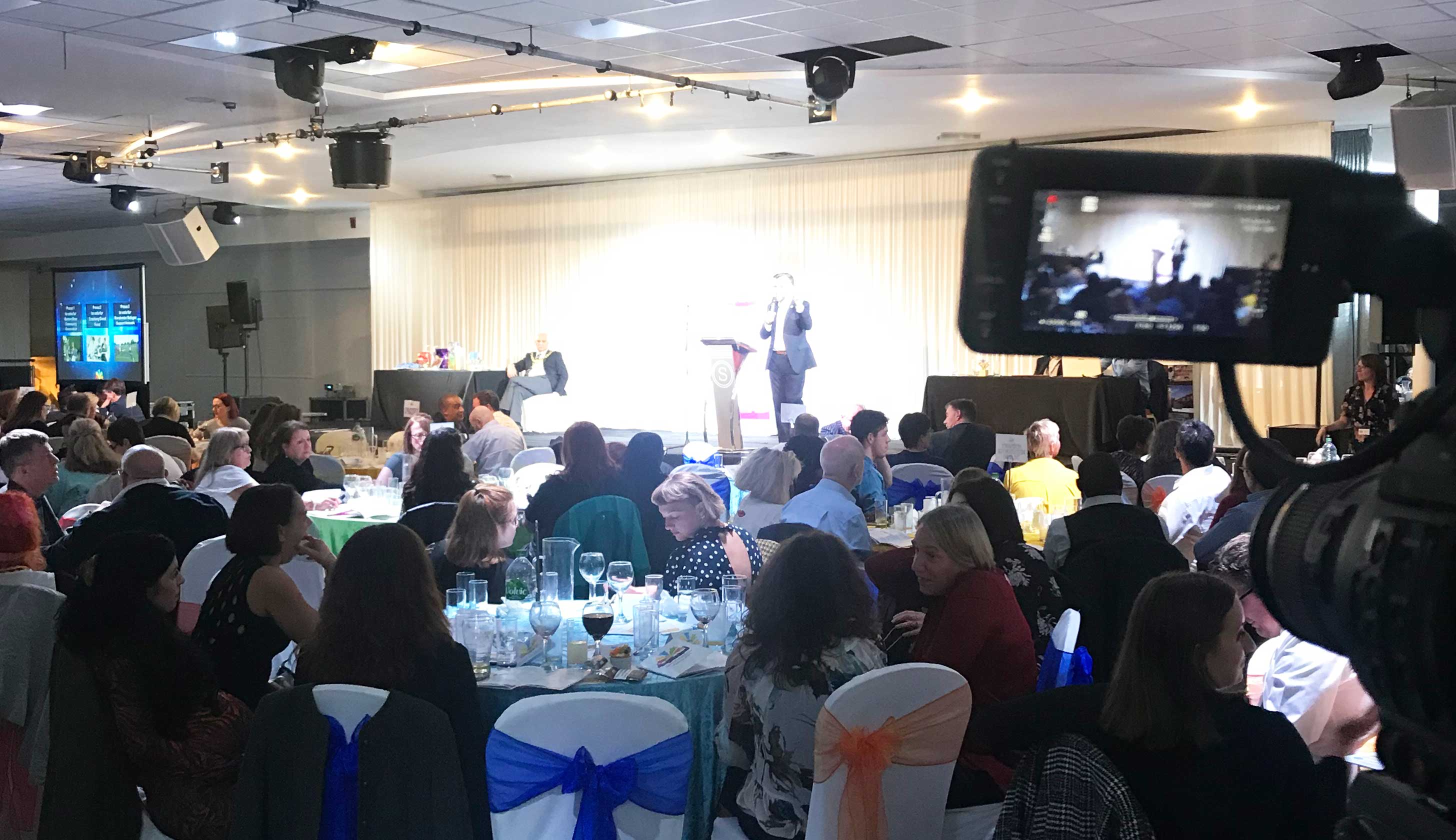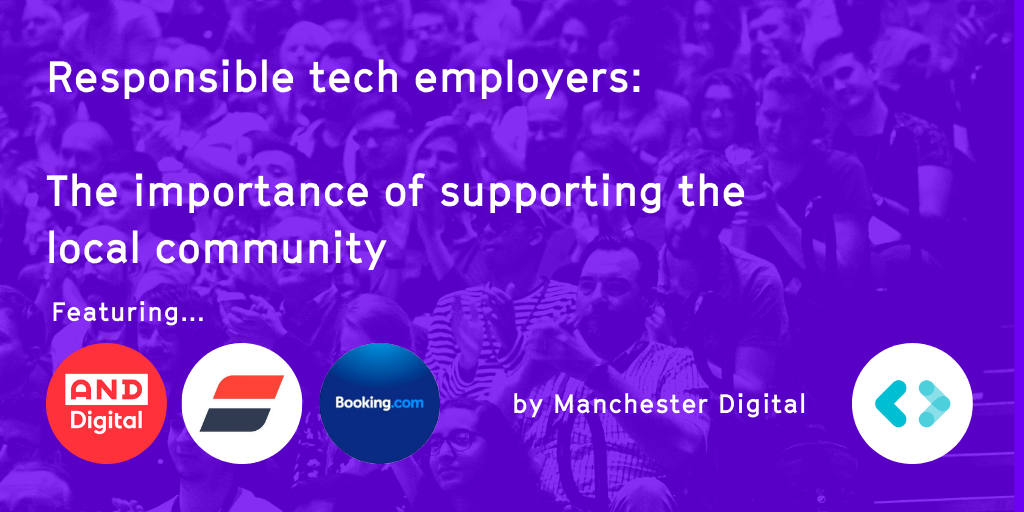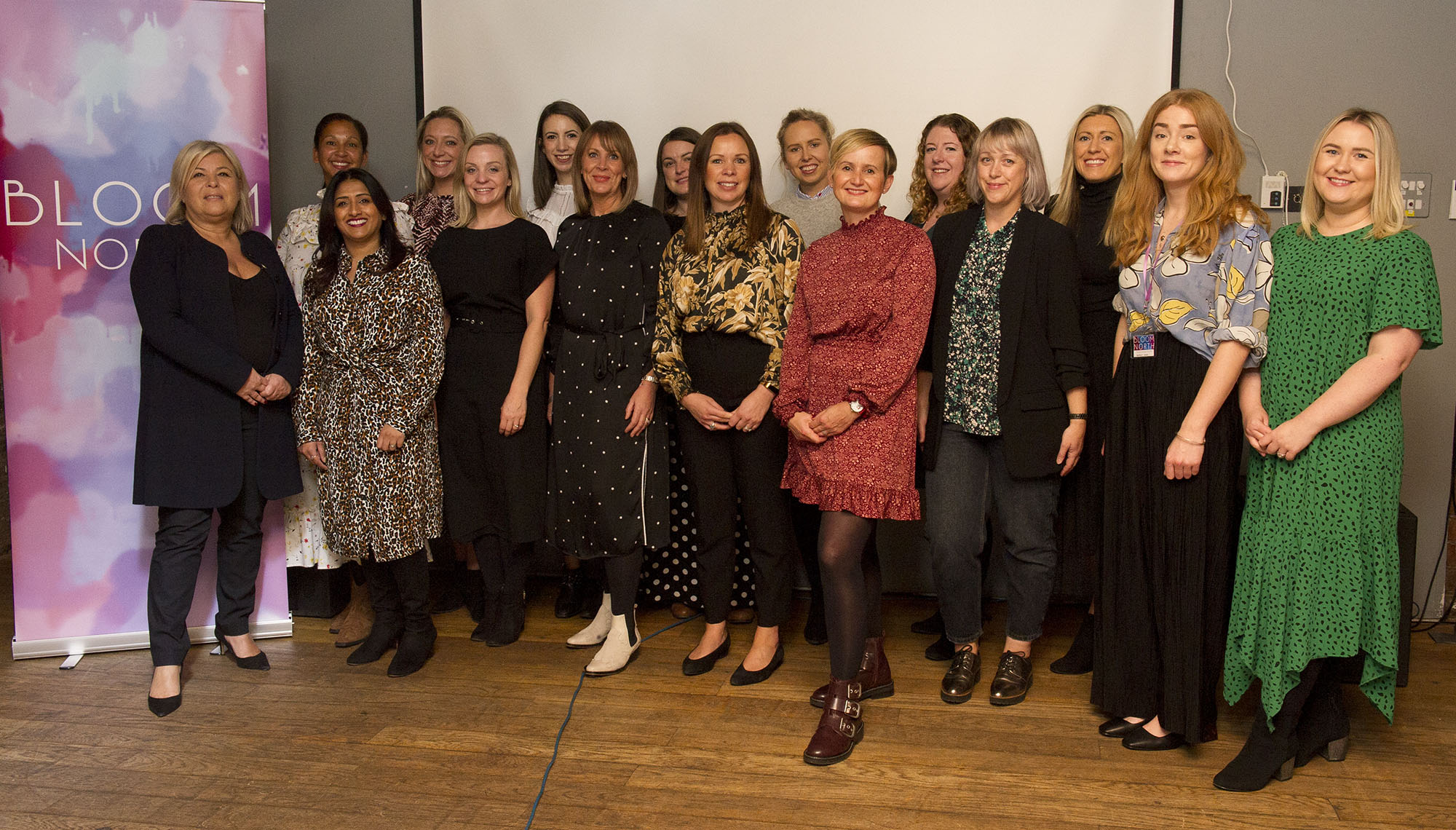
In the last few weeks we have all been amazed and gladdened by stories of how the covid-19 crisis is bringing out the humanity, creativity and collaboration across almost every sector of the population. For example, we've heard about:
- How the beer maker Brewdog took just 14 days to develop a formula and manufacturing processes for hand sanitiser and have been certified to supply the NHS in the UK
- How the Mercedes-AMG team from F1 developed a machine to aid breathing for some patients. Stories of other ventilator machine developments and manufacture abound.
- How the 3D printing or additive manufacturing industry is helping to supply personal protection equipment (PPE) and creating new solutions to help prevent the spread of the virus.
Why is it that we seem to be less creative, less inventive and less able to come up with solutions to business problems under normal circumstances. My contention is that we're not taking full advantage of the constraints and we're not using the tools and expertise already at our disposal.
"Here is one of the few effective keys to the Design problem: the ability of the Designer to recognize as many of the constraints as possible; his willingness and enthusiasm for working within these constraints. Constraints of price, of size, of strength, of balance, of surface, of time, and so forth. Each problem has its own peculiar list.."
Designer Charles Eames in 1972
The constraints act as an amplifier, a pressure cooker, to accelerate solution alternatives and to arrive at the most viable one .
In the breathing machine design problem, some of the constraints are in the form of
- Time; more people will die if we don't succeed quickly.
- Physical proximity limits; social distancing and lockdown regulations mean that fewer people can work together on the problem in the same physical spaces.
- Expertise; medical engineering is related to and informed by other types of engineering but there are specific requirements that are unique. Get it wrong and people could die. Engineering teams from other industries have to acquire that new knowledge base.
- Cost; many of these companies are developing solutions at little or no cost so that they can help the greatest number of people in the shortest possible period of time.
- Availability of materials; some of the same constraints as well as drastic travel restrictions are also limiting the type and amount of raw materials available.
Business leaders and their teams face many of these same types of constraints in normal business operations. Perhaps we can use Design Thinking techniques to arrive at solutions to meet our challenges?
The themes prevalent within Design Thinking of: human empathy, reframing and questioning, prototyping and of tolerance for risk and ambiguity, could be applied, along with the constraints, to create innovative solutions in an ongoing way.
I have seen real-world evidence of this working before. e.g. In time-bound Proof-of-Concept projects. Concessions are made, elaborations are discarded and dead-ends are tolerated to get something working and move on. Another example is the preparation for conference exhibitions. They are always time-bound, resource constrained and budget limited but we always complete the project, mostly with outstanding results.
We always seem to get there in the end but the examples that I have just cited tend to be exceptions rather than the rule. I encourage you, as a business leader, to find ways of building the culture and apparatus of thinking, designing and collaborating in this way to be the default way to get things done in your business. Combine the methods and tools with the application of constraints as an amplifier and perhaps we can post our own stories of amazing progress and success.









